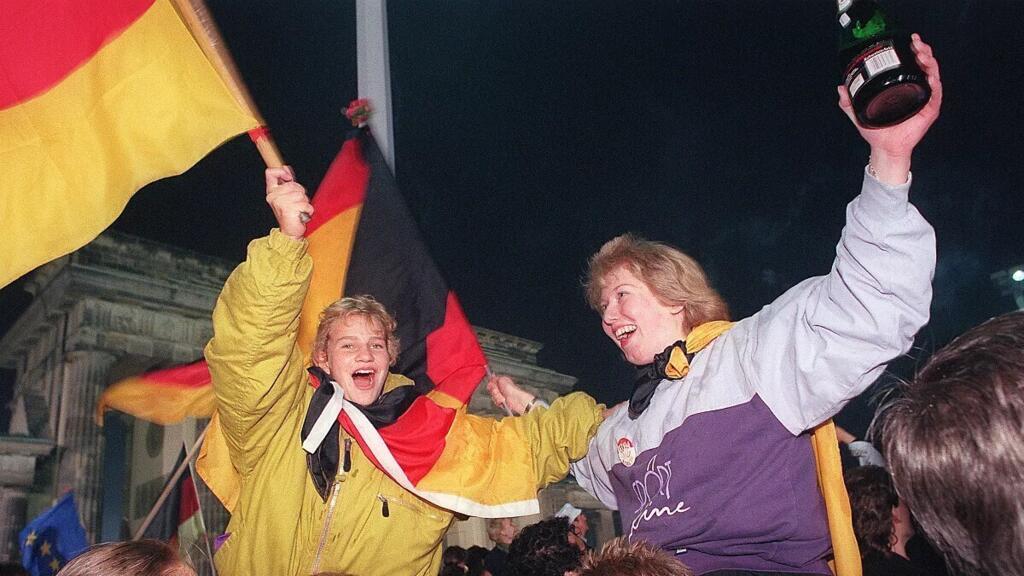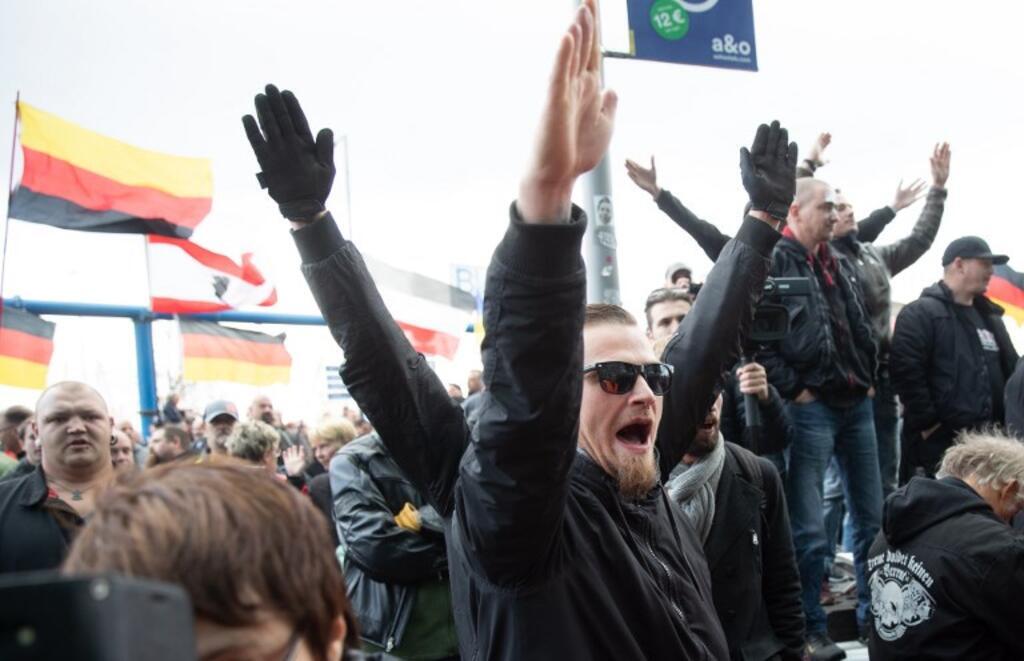
Germany marks 35 years since its reunification on Friday, but the country’s East-West divide continues to shape its economy and its political landscape.
The anniversary celebrates the political turning point of 1990, when East and West Germany became one nation after more than four decades of division.
Integration was swift, dramatic and expensive. Some estimates put the cumulative cost of reunification at more than €2 trillion between 1990 and the mid-2010s.
In the years following reunification, the federal government poured money into infrastructure, social welfare and retraining programmes in the former East. Public and private transfers to that half of the country have remained substantial, sometimes reaching €70 billion a year.
It also launched a rapid monetary union and privatised state-owned enterprises through the Treuhand agency, which oversaw one of the largest public sell-offs in modern history.
Chancellor-elect Merz outlines new coalition's vision for Germany
Disparity between east and west
Economic activity, capital investment and productivity in the former East initially surged, reducing the prosperity gap with the west of the country. However that momentum stalled, and today economic disparity between former East and West Germany is pronounced.
In 2023, GDP per capita in the east stood at around 66 percent of that in the west.
Several studies estimate that, depending on the metric used, the east remains 20 to 25 percent poorer than the former West.
Rural parts of eastern Germany are most acutely affected, with lower wages, weaker capital stocks, slower growth and demographic decline. Even among firms of comparable size in similar industries, productivity gaps persist.

The rise of the AfD
In recent weeks, the political and social tensions around this persistent divide have drawn attention anew.
On 25 September, Chancellor Friedrich Merz acknowledged that large parts of eastern Germany remain haunted by “fears of decline” as he met with state premiers from the region.
He lamented that many in the east feel like “second-class citizens” and warned that outward migration, de-industrialisation and disenchantment with politics have deepened disillusionment.
Since reunification, some 5 million people have left the east of the country for better opportunities in the west. The far-right AfD is now leading in the polls in all five eastern states.
German intelligence classifies AfD party as extremist threat to democracy
Merz stressed that there have been positive developments, pointing out that average incomes in the east now exceed those of some large European peers. He stressed a renewed focus on competitiveness, energy, transport and defence investment.
However, Merz's personal engagement in the region has been limited – until recently he had rarely visited any areas in the east of the country outside Berlin.
From an economic viewpoint, Germany faces fresh headwinds. Growth has been sluggish, even contracting in recent years, and many analysts warn of structural malaise in Europe’s powerhouse economy.
The European Commission forecasts German stagnation in 2025, before a modest rebound in 2026. Against this backdrop, the former East’s enduring disadvantage feels especially stark, and the mood on 3 October decidedly mixed.







